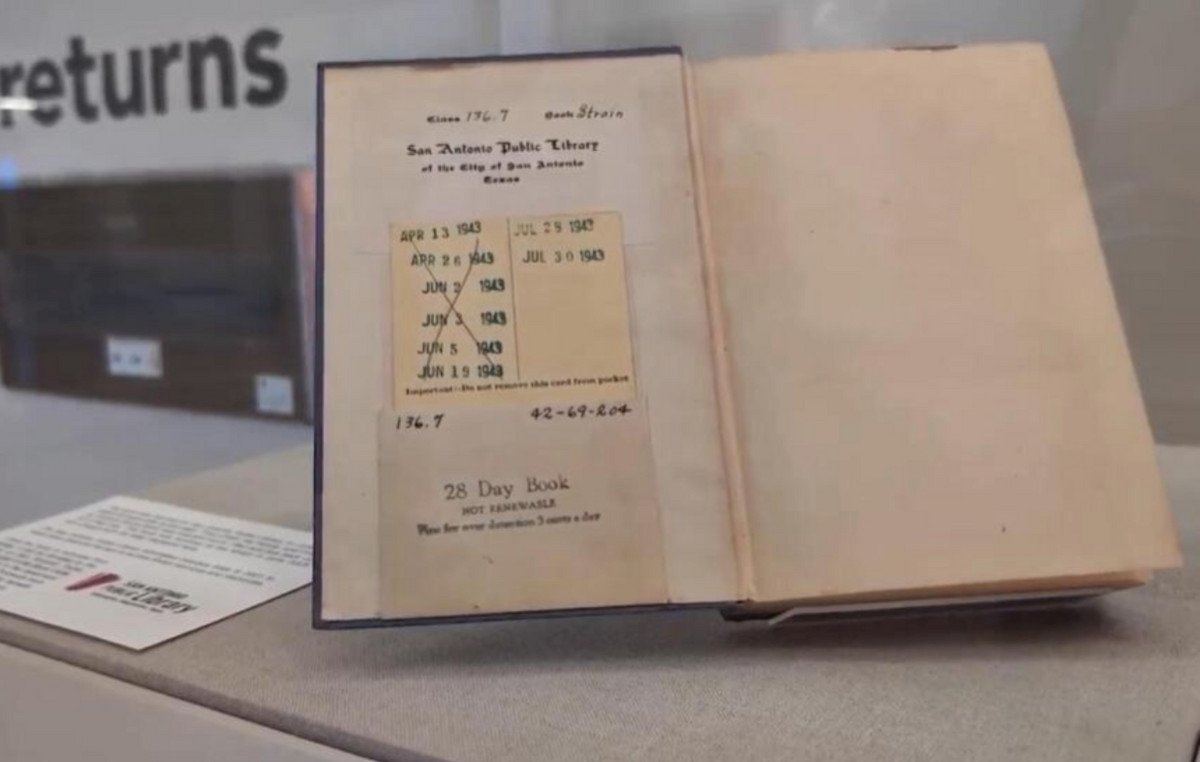THE sarcopenia – a condition characterized by loss of muscle strength, mass and function – is a defining phenomenon of the aging . Your diagnosis Early detection is extremely important and starts by measuring the strength of the hands with a device called a dynamometer.
Researchers from the Federal University of São Carlos (UFSCar), in partnership with colleagues from University College London (UCL, UK), are suggesting changing the diagnostic protocol. The proposal is to increase the minimum value of palm strength considered normal. In this way, they believe, it would be possible to diagnose the disease more accurately and to detect early the risk of death in the elderly.
To suggest the new values, the team compared all the cut-off points proposed in previous studies on the topic. The work involved the analysis of a database of 6,182 Britons aged 60 years and over followed up for 14 years as part of the English Longitudinal Study of Aging (ELSA), a longitudinal study conducted in England.
The results were published in the journal Age and Agingthe research was supported by the Fundação de Amparo à Pesquisa do Estado de São Paulo (Fapesp).
According to the latest European consensus, published in 2019, sarcopenia was diagnosed when handgrip strength was less than 27 kilograms (kg) for men and less than 16 kg for women. The authors of the article suggest that these values are increased to less than 36 kg in the case of men and less than 23 kg for women.
“We observed that when lower cut-off scores are used, the result does not serve to indicate the mortality risk . And the idea of these new reference values is to detect the risk of death as early as possible. When this appears late, it becomes very difficult to make interventions, such as changes in diet and the indication of resistance strength exercise. That is why it is so important that our suggestion is accepted by the scientific community and becomes a new consensus for the diagnosis of sarcopenia”, defends Tiago da Silva Alexandre, professor in the department of gerontology at UFSCar and visiting professor at UCL.
In the study, the researchers claim that while the lower cutoffs have been in effect since 2019, they have always been questioned by the academic community. “Other studies had already shown problems in the way of diagnosing sarcopenia. However, we were the first to present cut-off scores capable of indicating the risk of death related to the disease and comparing them with those already used”, he says.
From this comparison, the researchers were able to understand why the 2019 consensus was not working so well.
“In addition to not being able to indicate the risk of death, the way sarcopenia is being diagnosed underestimates the prevalence of the disease. We demonstrated that when the cutoffs were lower, walking speed turned out to be a better metric for assessing risk of death. However, this indicator only captures advanced cases of sarcopenia, when prevention may no longer be possible”, says Maria Claudia Bernardes Spexoto, professor at the Faculty of Health Sciences at the Federal University of Grande Dourados (UFGD) and first author of the article.
As the researchers explain, the loss of muscle strength, mass and function goes beyond issues related to locomotion, autonomy or risk of falling in the elderly. “Muscle is associated with broader functions than contraction and force generation. It participates in the immunological and endocrine process, in the control of some infections through the immune system and also helps to control blood glucose”, says Alexandre.
Therefore, the researcher justifies the need to monitor not only the amount of muscle preserved in the elderly, but also the quality. “The musculoskeletal system participates in several other systems of the organism. If the elderly person has a good amount and quality of muscle, old age will be more peaceful. Don’t be in any doubt”, says the researcher.
Risk of death
According to the results of the new study, elderly people with “probable sarcopenia” (a condition that precedes the disease) had a 30% higher risk of death than non-sarcopenic people. Elderly people with confirmed sarcopenia had a 48% higher risk, and those with severe sarcopenia, 78%.
The research considered general mortality data and the risk was higher regardless of factors such as age, smoking habit, alcohol consumption, marital status, physical activity level, increased waist circumference, presence of cardiovascular disease, diabetes, hypertension, cancer , lung disease, number of falls in the previous year, medication use, depressive symptoms and memory performance.
According to Alexandre, the difficulty in detecting the risk of death from lower cutoffs can be explained by the time of monitoring the studies. While previous work followed the elderly for a maximum of six years, the researchers from UFSCar and UCL did this for 14 years.
“Studies that proposed lower cut-off scores did not assess risk of death or had very short follow-up periods, biasing the results found. Obviously, individuals with lower strength die faster, preventing those who were at risk in the medium and long term from also being accurately identified”, explains the researcher.
That’s because the loss of muscle strength, mass and function is not something that happens overnight. It takes place in a long process that lasts for years. “The natural history of the disease is that it happens slowly, day after day,” he says.
underestimated prevalence
The impact of the new cutoffs proposed by the UFSCar and UCL researchers is great. It should affect, among other factors, statistics on the prevalence of the disease in society.
“With higher cutoffs, disease prevalence rates increase and more people will need to be screened. Consequently, it will become possible to identify sarcopenia long before the condition poses a risk of death”, says Alexandre.
According to the researcher, the last two European consensuses for the diagnosis of sarcopenia show little agreement, which ends up generating discrepancies in prevalence data, which vary from 11% to 27.7% when a consensus is applied and from 4.6 to 13 .6% for the other.
When the researchers used the new cut-off scores (less than 36 kg and 23 kg), the prevalence jumped to 33.9% of probable sarcopenia, 6.2% of confirmed sarcopenia and 8.6% of severe sarcopenia.
“It is a high prevalence for a condition that, when diagnosed and treated in time, can be circumvented in order to improve the quality of life of the elderly and prevent early mortality. Based on the cutoff points suggested by the study, we will start a new survey to measure the prevalence of sarcopenia in the Brazilian elderly population”, he said.
new metric
In the article published in the journal Age and Aging, the authors also describe a new strategy for detecting sarcopenia without measuring handgrip strength: assessing walking speed. This is another important indicator related to old age.
“However, the speed of the walk is already an outcome. The elderly will only present slowness [velocidade menor ou igual a 0,8 metro por segundo] when it is already weakened. With the new cut-off scores for diagnosing sarcopenia, we were able to have an early predictor of the risk of death. Something essential for the clinic”, says Alexandre.
Source: CNN Brasil
I am an experienced journalist and writer with a career in the news industry. My focus is on covering Top News stories for World Stock Market, where I provide comprehensive analysis and commentary on markets around the world. I have expertise in writing both long-form articles and shorter pieces that deliver timely, relevant updates to readers.







